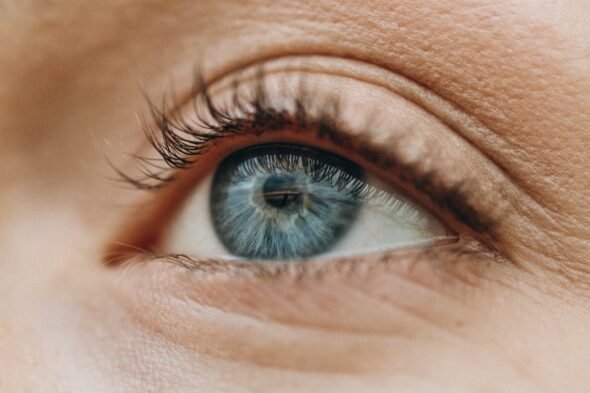
How Refractive Errors Can Impact Your Vision
Posted April 26, 2022When it comes to your vision, refractive errors are possibly the most common eye conditions among children and adults. These types of errors can range anywhere from near and farsightedness, to light sensitivity and overall vision loss. Typically, doctors will prescribe glasses or contacts as a way to fix these problems.
It’s been stated that over 150 million Americans suffer from refractive errors and many of them don’t know they could be seeing better. Before getting into what your specific problem could be, you need to understand the different types and how they each affect your vision.
The Different Types of Refractive Errors
Myopia
More commonly known as nearsightedness, myopia is the most common form of refractive error and typically affects children during their developmental stages in life. When a person is nearsighted, objects close to the eye will appear clear, but when looking at objects in the distance they will come across as blurry.
Oftentimes, this is caused by abnormalities in the lens of the eye, cornea, and length of the eyeball. Many children do have the ability to grow out of this, especially if it’s caught early on, but there are cases where poor vision will follow them into adulthood.
Hyperopia
Otherwise known as farsightedness, hyperopia is referred to as myopia’s cousin, as people struggling with this can only see objects that appear far away. This type of refractive error can affect individuals in vastly different ways and leads to many people not even knowing they are farsighted.
While this condition does affect both children and adults, most individuals at risk are those with parents or relatives who have struggled with hyperopia in the past. It’s a result of the cornea and the lens being misshapen, even certain injuries can cause the eye to become permanently damaged and leave a previously unaffected eye with a refractive error.
Astigmatism
It’s estimated that around 33% of the United States population struggles with the effects of astigmatism. This type of refractive error typically means that there’s an irregular curvature within the cornea, which most people can be born with.
With astigmatism, both near and far objects will appear blurry. It also doesn’t particularly affect a certain age group. In most cases, people are born with astigmatism and researchers are unsure of the direct cause. Keep in mind that astigmatisms can also occur as a result of eye disease or injury that might alter the shape of your cornea.
Presbyopia
Unlike the conditions above, presbyopia will affect everyone as they begin to get older. This type of refractive error occurs when the lens begins to lose its elasticity. With presbyopia, objects close or far away may appear blurry or distorted.
There are varying ways individuals can delay developing presbyopia, including checking in with an eye doctor regularly. Eventually, your eyes will tire– It’s just a normal part of the aging process, which can begin as early as age 35. For this reason, we highly encourage everyone to put their best foot forward in protecting their eyes! After all, they are an essential tool for enjoying and navigating life.
